DNVN - To comply with the regulation on minimum size when catching skipjack tuna according to Decree 37, fishermen will have to invest heavily to change to new fishing gear with new, suitable mesh sizes. However, even if mesh sizes are changed, fish screening will still be very difficult.
Decree No. 37 amending and supplementing a number of articles of Decree 26 guiding the Law on Fisheries takes effect from May 19, 2024.
This Decree stipulates that the minimum size allowed for exploitation of skipjack tuna is 500mm. According to the regulations on combating IUU fishing in Article 60 of the Fisheries Law, the regulation on the minimum size of "half a meter" for skipjack tuna means that the exploitation, purchase, certification and export of skipjack tuna with a size of less than 500mm is an IUU act, that is, illegal and not in accordance with regulations.
The Vietnam Association of Seafood Exporters and Producers (VASEP) reported that after Decree 37 took effect, a number of tuna enterprises have completely stopped purchasing domestically exploited skipjack tuna from fishermen because they could not ensure 100% of the size was 500mm or larger. Most fishing ports have also stopped certifying raw materials for skipjack tuna shipments because the size of the exploited fish is smaller than the regulations of Decree 37.
According to Ms. Le Hang - Director of Communications of VASEP, currently it is the 3 months of peak season (July, August, September) for skipjack tuna exploitation by Vietnamese fishermen. Meanwhile, enterprises have to stop purchasing domestically exploited skipjack tuna from fishermen because they cannot guarantee 100% of the size of half a meter or more. And most fishing ports have also stopped certifying raw materials (S/C papers) for skipjack tuna shipments because the size of exploited fish is smaller than the regulations of Decree 37.
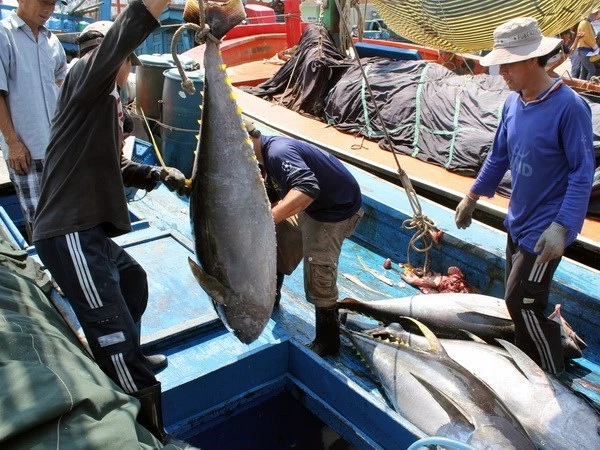
According to VASEP, the regulation on the minimum size of "half a meter" when catching skipjack tuna in Decree 37 causes difficulties for both people and businesses.
Skipjack tuna accounts for 85% of the tuna catch of Vietnamese fishermen. This is also the main source of raw materials for the production of processed and canned products in Vietnam to take full advantage of tariff incentives in Free Trade Agreements between Vietnam and other countries, especially the Free Trade Agreement between Vietnam and the European Union (EVFTA).
"This regulation is deeply affecting fishermen in the Central region. Meanwhile, businesses are at risk of losing large markets such as the EU because they cannot stock up on skipjack tuna to prepare for the year-end production season to supply the European market in early 2025," Ms. Hang emphasized.
According to the VASEP Communications Director, it is worth mentioning that tuna is a migratory species. While Vietnamese fishing vessels are not allowed to catch skipjack tuna according to the above minimum size regulations, fishing vessels from neighboring countries are still allowed to fish normally.
Currently, the Western and Central Pacific Fisheries Commission (WCPFC) and other regional fisheries management organizations do not regulate the allowable or disallowable sizes for skipjack tuna, they only manage according to catch quotas.
"The EU itself does not have regulations on minimum catch size for skipjack tuna. Fishing vessels from Spain and other EU countries still catch skipjack tuna under 1 kg. The EU protects marine resources through measures such as quotas, sea bans, fishing methods, etc., not simply by minimum size," Ms. Hang said.
Citing feedback from fishermen in the Central region, Ms. Hang said that in order to implement the regulation on minimum size when catching skipjack tuna, fishermen will have to invest a large amount of money to change to new fishing gear with new, suitable mesh sizes, to keep a logbook, and control the size of the species that fishermen catch. However, even if the mesh size is changed, it will be very difficult to screen the fish.
In fact, many fishing boats entering the port are not issued with a port unloading certificate due to violations of the size of the seafood exploited. Therefore, there is a risk that a part of fishermen in the Central region will stop going to sea, greatly affecting the lives of coastal people.
Furthermore, this is causing a major shortage of raw materials for production, business and export of enterprises. According to statistics from Vietnam Customs, the export growth rate is slowing down. In August 2024 alone, the export value only reached nearly 90 million USD, an increase of 3% over the same period. In particular, the export value of canned tuna products has continuously decreased. Exports to the EU have decreased this month, down 15% over the same period.
Currently, businesses are having to use up their existing inventory and imported materials. Switching to imported materials will make products less competitive due to high taxes.
"Because it is related to the normal production and business livelihood of fishermen and enterprises, VASEP recommends that the Prime Minister direct the amendment and supplementation of Decree 37 in some contents as soon as possible and most appropriately. In particular, VASEP recommends that the Prime Minister consider and issue a document directing the adjustment and resolution of the above issue while waiting for the amendment of the Decree because the peak season of skipjack tuna is only until the end of September," the VASEP Communications Director proposed.
Moonlight
Source: https://doanhnghiepvn.vn/kinh-te/chinh-sach/doanh-nghiep-ngung-mua-ca-ngu-van-ngu-dan-cau-cuu/20240918093141884










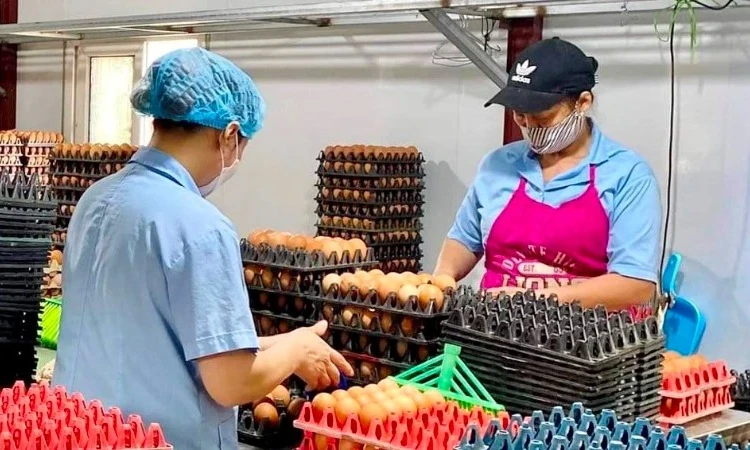







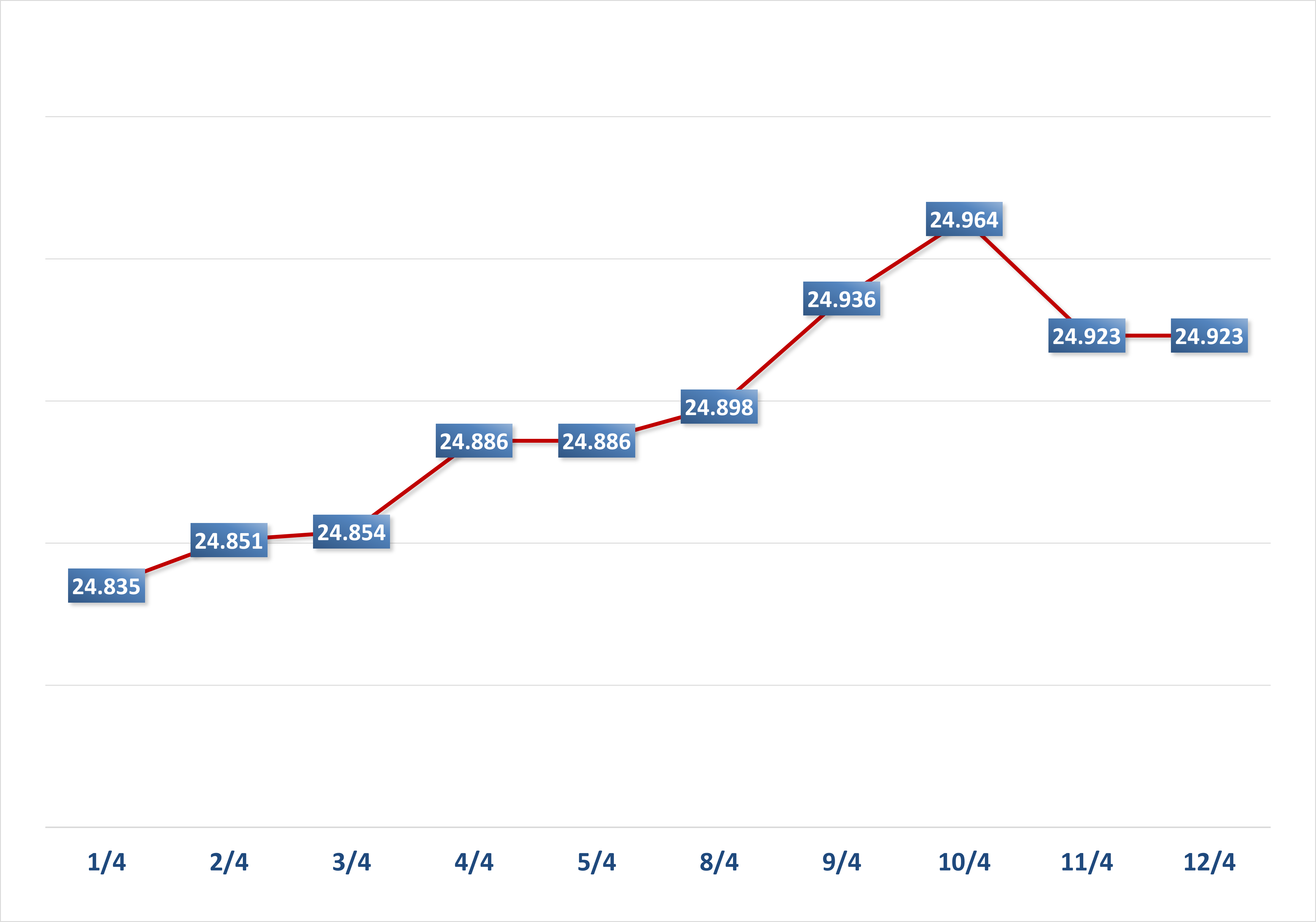











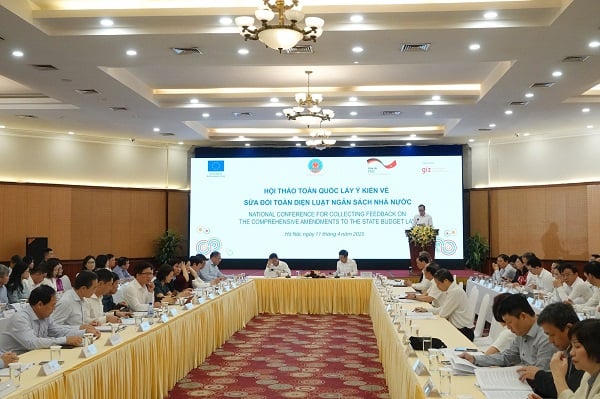



![[Photo] "Beauties" participate in the parade rehearsal at Bien Hoa airport](https://vstatic.vietnam.vn/vietnam/resource/IMAGE/2025/4/11/155502af3384431e918de0e2e585d13a)















































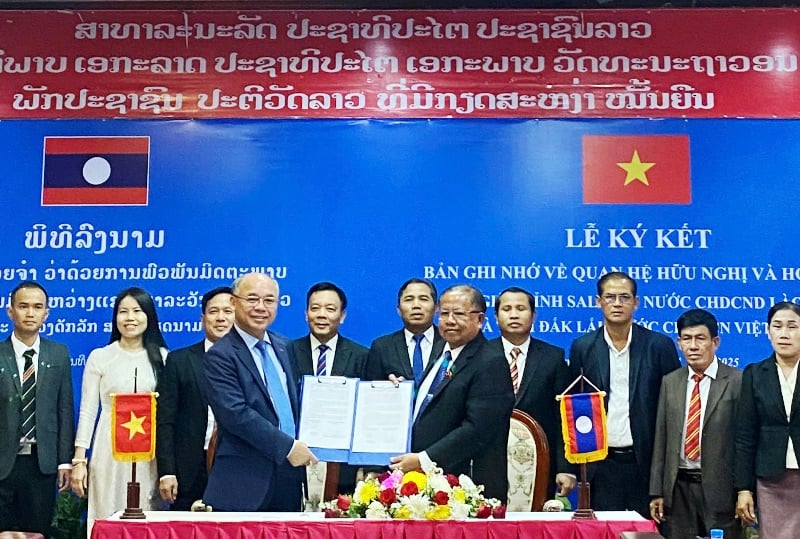
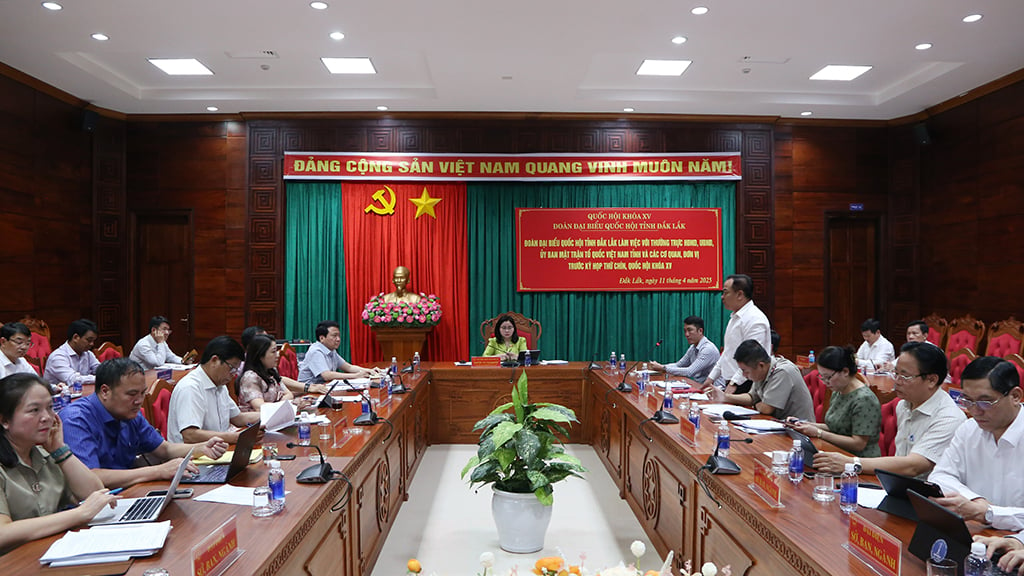
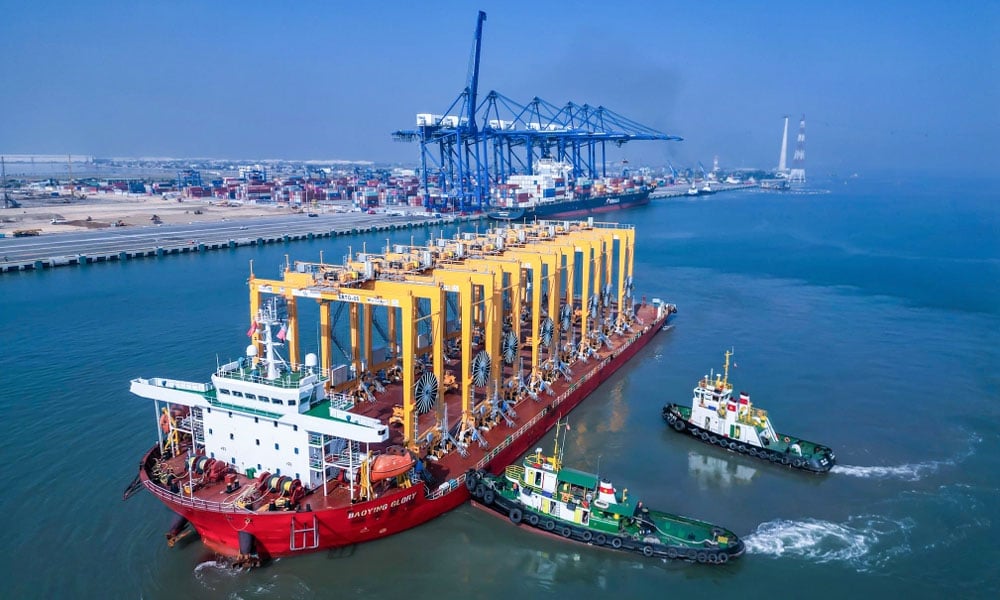












Comment (0)